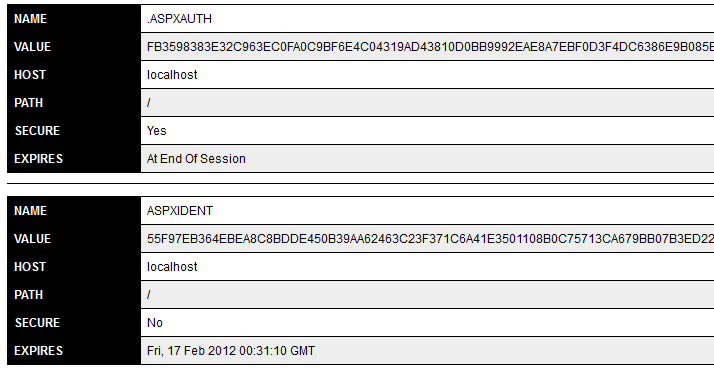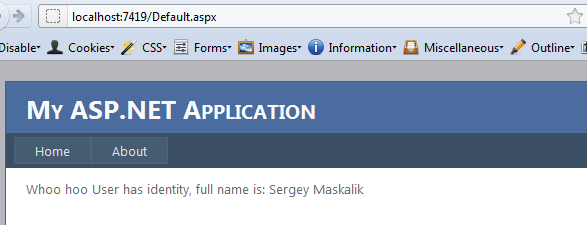Startup Weekend Los Angeles February 2012 Review
If you are like me who’d rather work on your own company than come to work. Who has a lot of side projects that keep you up late at night. And you’ve read books on startups and have many more that you want to read, I think you need to know about startup weekends! Why? because I think you have been missing out on a lot of fun and opportunities to connect with people like you are.
For about a month right before the startup weekend I had to work 60-hour work weeks to make this ridiculous deadline at my current day job. I was actually thinking of not going since I was pretty tired. But I sucked it up and drove to Santa Monica on Friday night to join my coworker and about another 100 hungry for success people. It took place at the Coloft, when I got there it was packed with people. Most were drinking beers from a couple of kegs and socializing. Few people came by and introduced themselves and pitched their idea, that was actually kinda interesting to hear their ideas and pick their brain.
After dinner and beer there were few short presentations from facilitators about the whole process, and then they asked people to raise hands who wanted to pitch their idea. I think at first I only saw close to 1/4 of hands raised, I think most people got scared because when the second time they asked I saw more hands. It ended up being about 35 pitches. Each pitch was 60 seconds with no questions and at the end you were given a cup with your name, (oh yea and when you got there they gave you two tickets to vote for the idea that you liked). When I was pitching my idea I had a lot of adrenaline going. When it was over it was an awesome feeling! I actually wanted to do it again. After pitches it turned into chaos, everyone was walking around asking questions and voting for people. I think I had to repeat my idea like 10 times to different people. One nice lady voted for my idea, it was a great feeling lol! I voted for my friend’s idea and he got few other people interested so it was picked as one of 14 ideas.
After people’s ideas got picked, second round of chaos started. Picking team members was not easy. I think we were desperately looking for designer at first. I’ve solicited a couple but they ended up on other more persuasive teams. We were fortunate to end up with a great team of 5 total: two developers, two business people and one finance/database guy.
I think after we got our table we got straight to work. It kinda reminded me of Apprentice TV reality show at the beginning. I remember going back home at 12AM being exhausted not sure what to expect from this weekend, with some nervousness if I could last another two days with no rest.
On Saturday morning we got together around 9 am and started breaking down the work and figuring out minimal viable product. I’ve started setting up webserver, source control, database and I remember I was having issues with my two firewalls and ftp, and wasted a good hour on it. It was kinda stressful since we only had like one day to get things done. I think we had a lot of ups and downs on the first day, it got pretty close to almost quitting until we figured out that we can use one of the sponsors APIs (Factual) for data instead of the data that was not publicly available. I think when we started coding it was already 2PM which was extremely stressful on it’s own. It was cool to see everyone around really working hard on their projects. The energy in the Coloft was amazing, we constantly had sponsors come up and asking if we needed any help, which was very nice of them.
This is what morning looked like…
Everything was provided , we had breakfast, lunch, dinner, drinks, energy drinks and all kinds of other goodies. Factual gave away hacky sacks. And during the day to relieve some stress we’ve stepped out outside to enjoy the beautiful beach weather and hit up the sack. I think I was very stressed and after the 20 minute game it was all gone, I had a new flow of energy and ready to finish the Saturday strong. We called it a day after 11PM, at that time we had 2 APIs, one from Yelp and other from Factual integrated, a lot of good ideas and content for presentation.
Sunday was mostly about bug fixes and styling. I realized how much I suck at css, it was very frustrating to positing things, luckily, Aurelio, other developer was great at it and took care of most styling. A night before Coloft crew showed us a quick youtube video from Glengarry Glen Ross where Alec Baldwin gives this ball breaking speech with legendary quote “Coffee is for closers”
One of our team members stepped out during lunch to close! He got back with some encouraging results, he closed 6 restaurants out of 10 he visited. We were all pumped up, we had a minimal viable product we had closed accounts we were all set!
I think when the time came to presentations I was more relaxed than before, it was time for our business dev team members to shine giving presentations. Overall I was very happy with what we have achieved. We didn’t win the first place but we did get some interest from incubator sponsors and overall a lot of people were telling us that they’ve liked our project. The weekend in itself was a lot of fun, it did not feel like work or a chore at all. Oh yea and we won Factual’s developers challenge!! That was awesome in itself. It was an extremely satisfying weekend. I left with this renewed confidence that it is possible to succeed as long as you work hard and have same minded people along with you on. Plus I met a lot of good people and discovered a sweet place like Coloft where you can gather with your team and kick ass.
Coming to work on Monday was not hard at all, surprisingly I was not tired at all and full of startup weekend energy!!! I have one advice, don’t let the day job drag you down, keep working on your projects, get together with people like you and no doubt you will succeed. Good luck!
P.S. We are continuing our project after the weekend, which is exciting on it’s own. I will update on progress in the future posts.





